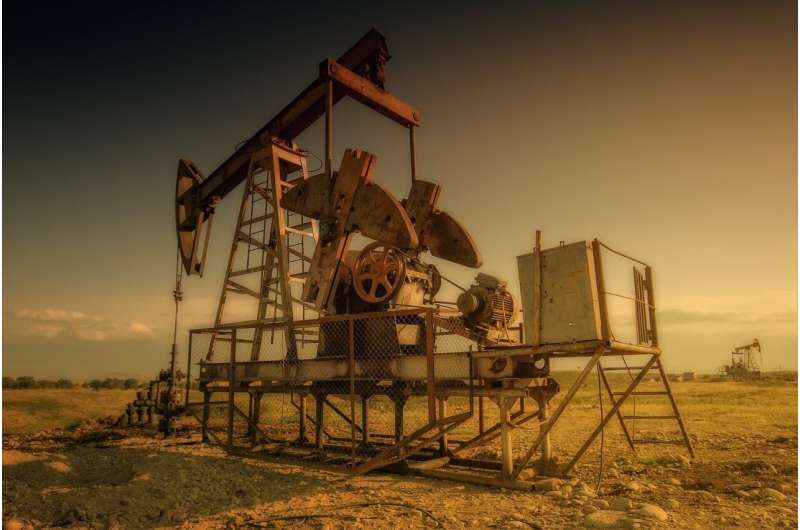Children Living Near Oil and Gas Wells at Increased Risk of Rare Leukemia, Study Finds

Studies reveal that children living near oil and gas extraction sites face increased risks of developing childhood leukemia, emphasizing the need for stronger environmental protections.
Recent research indicates that children residing in close proximity to oil and natural gas extraction sites face a significantly higher risk of developing acute lymphocytic leukemia (ALL), a common but rare childhood cancer that originates in the bone marrow and progresses rapidly. While long-term survival rates for childhood leukemia exceed 90%, survivors often battle lifelong health challenges including heart conditions, mental health issues, and an elevated risk of secondary cancers.
Despite overall cancer rates in the U.S. declining since 2002, the incidence of childhood ALL remains on the rise, prompting urgent calls for preventative strategies. Accumulating evidence links environmental exposure to chemicals released during oil and gas extraction—especially benzene and other pollutants—to increased leukemia risk in children. Researchers focusing on Colorado and Pennsylvania have utilized case-control studies, combining statewide registries and advanced mapping techniques to assess exposure during critical developmental windows, such as pregnancy and early childhood.
In Colorado, children aged 2–9 living within eight miles of densely concentrated oil and gas wells were found to be at least twice as likely to develop ALL, with those residing within three miles at the highest risk. Similarly, a Pennsylvania study showed that children born within 1.2 miles of such wells faced a 2-3 times higher risk of leukemia, particularly if exposed in utero. These findings support earlier studies suggesting high-density oil and gas regions are correlated with increased childhood leukemia cases.
The studies highlight policy implications: commonly used setback distances—ranging from 200 to 3,200 feet—are insufficient to fully protect children from health risks. The emissions from drilling activities include carcinogens that contaminate air and water, posing a significant public health concern. Experts argue for more comprehensive policies, including larger setback distances and stringent emission controls, to mitigate these risks.
Future research aims to explore links between oil and gas exposure and other pediatric cancers like acute myeloid leukemia, as well as understanding the combined effects of multiple environmental hazards on children and communities. The evidence underscores the importance of preventative measures and stricter regulation to safeguard children's health in regions with active oil and gas development.
Stay Updated with Mia's Feed
Get the latest health & wellness insights delivered straight to your inbox.
Related Articles
RFK Jr. Dismisses Entire US Vaccine Advisory Panel Over Alleged Conflicts of Interest
US Health Secretary RFK Jr. has dismissed the entire vaccine advisory panel over conflicts of interest, raising concerns about vaccine safety and independence. This move sparks debate on trust and transparency in public health decisions.
Long-Term Cardiac Microvascular Changes in Severe COVID-19 Survivors
Severe COVID-19 survivors may experience prolonged cardiac microvascular dysfunction, impacting blood flow and heart function. New research underscores the importance of understanding these lasting effects for better treatment options.
The Truth About Staying Healthy During Air Travel
Discover essential tips to stay healthy during flights, including managing cabin environment, hydration, preventing blood clots, and handling travel stress for a safer journey.
Elevated BMI Levels Increase Risk of Post-Bariatric Surgery Complications
Higher body mass index (BMI), especially over 50, significantly raises the risk of complications after bariatric surgery, according to recent research. This study provides crucial insights for improving patient safety and outcomes.



